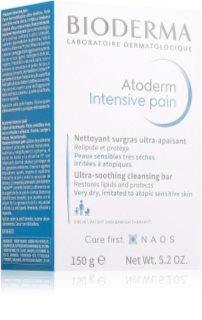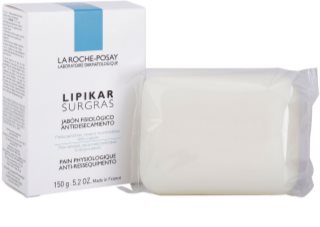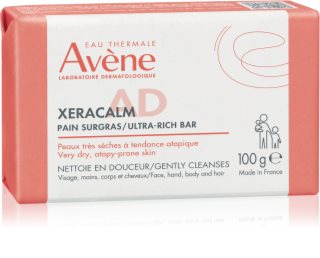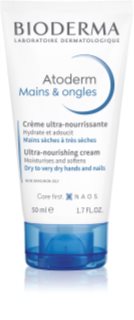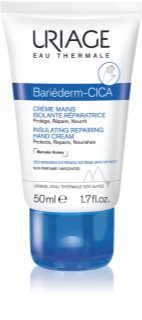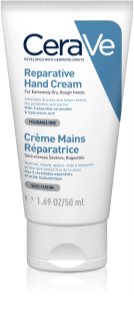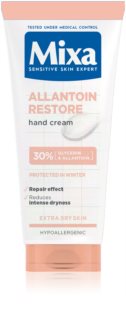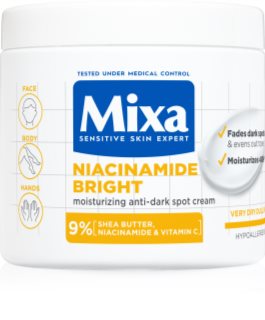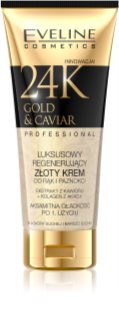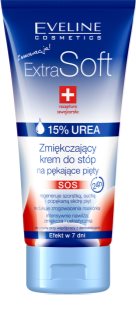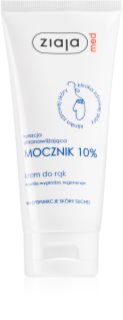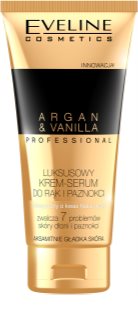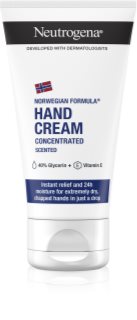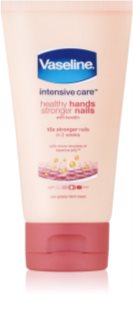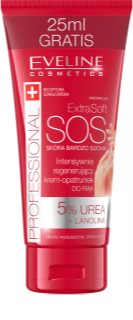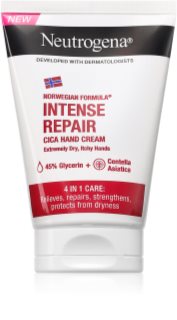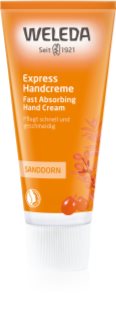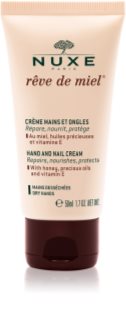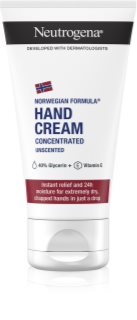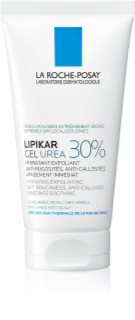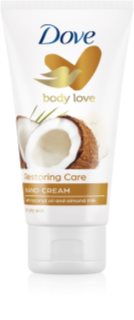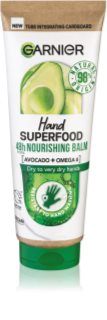The skin on your hands is amongst the most stressed skin on your body. Every day it is exposed to adverse environmental influences, changes in temperature and frequent washing, which lead to disruption of the protective skin barrier and its excessive drying. If the skin on the hands is not in good condition, unpleasant tightness, itching, rashes and painful cracking that can even lead to bleeding can occur. Dry skin is most common on the knuckles, between the fingers and on the backs of the hands, where the skin is weakest. Learn what to do about dry hands so your skin glows with health once more!
Causes of dry skin on hands
It is said that the skin on your hands can betray your age much earlier than your face, which is something you usually pay more attention to. What causes the skin on the hands to be rough or cracked and age faster?
- Too much handwashing and hot water – Whilst hot water removes harmful bacteria and viruses from the skin, it also removes lipids (the ceramides) that form the skin’s protective barrier.
- Inadequate drinking – Low hydration levels in the body also affect your skin.
- UV rays – Excessive exposure of the skin to harmful UVA and UVB rays dries out its water content and increases the risk of pigment spots.
- Chemicals – Cleaning products, frequent use of hand sanitiser, poor-quality beauty products and other chemicals disrupt the skin’s protective layer and can result in dry and cracked skin on the hands.
- Cold – Dry hands in winter are caused by the frost, wind and snow. Temperature fluctuations reduce the skin’s elasticity and make it more prone to cracking.
Our tip: Dry skin on children’s hands can be caused by frequent bathing, as the protective layer has not yet fully developed and sebum production is lower than it is in adults. It is also therefore necessary to pay special attention to the care of children’s skin and regularly supplement hydration with children’s creams.
How to wash your hands properly so they don’t dry out
Proper hand care starts in the bathroom! How do you get the right handwashing technique to avoid damaging your skin’s protective film?
Our tip: Keep the best hand cream for dry hands with you at all times, whether you’re at work, at school or on holiday. We recommend a travel-size cream for every handbag, backpack and plane journey.
How to look after dry hands – daily treatment and a little something extra
- Use cream on your hands during the day. Hydrate your skin with moisturising creams throughout the day, especially after washing your hands. Choose a hand cream for chapped skin that contains an active ingredient such as lanolin, calendula, or shea or cocoa butter, which soften the skin and are also absorbed quickly and easily.
- For the evening and nighttime, go for an emollient cream, which forms a protective film on the skin to help retain water longer and regenerates the skin intensely. Plus these oilier creams relieve unpleasant sensations of irritation and dryness instantly. Popular ingredients in emollient creams for extremely dry hands include oat extracts, urea, lactic acid, vaseline and beeswax.
- Supplement daily care for dry hands at least once a week with moisturising gloves, which provide intense nourishment and instant relief from itchy, burning skin. Disposable gloves work like a hand mask which, in addition to moisturising the skin, also evens out its appearance, nourishes the nails and reduces visible signs of ageing.



